What do you think of when you think Israel? Many associations might come to mind! From white sand beaches and non-stop nightlife to desert lands and camel rides; “the land of milk and honey”, olive oil, fresh fruit, and wine; the Holy Land of Judaism, Islam, and Christianity; biblical history, Roman-era ruins, and hi-tech industry; and of course an ongoing Israeli-Palestinian conflict with no solution in sight. All of this combined makes for a most interesting visit to Israel, but it also means there are many things to know before visiting Israel.

Frequently asked questions about Israel
The official languages in Israel are Hebrew and Arabic. Most people speak English. Road signs are written in Hebrew, Arabic, and English.
The official currency is the New Israeli Shekel (NIS), but most businesses accept U.S. dollars and Euros. Credit cards are accepted practically everywhere.
Israel is 2 hours ahead of Greenwich Mean Time (GMT+2) in winter and, since the country observes Daylight Savings, GMT+3 in summer.
The Israeli weekend is observed on Friday and Saturday. Friday is the holy day for Muslims. Saturday, the Sabbath, is he holy day for Jews. The first day of the work week in Israel is Sunday. The Jewish Sabbath officially begins at sundown on Friday and ends Saturday evening when the first three stars appear in the sky. Many businesses close early on Fridays and remain closed through Saturday, including public transportation, kosher restaurants, some museums, and a few other tourist sites. Secular areas like Tel Aviv, non-Jewish businesses, and most national parks remain open on the Sabbath.
In the southern desert, it rains on average only 1 inch (25 mm) per year. In the northern hills, precipitation can reach up to 44 inches (1,120 mm) a year. Tel Aviv, along the coast, receives an average rainfall of 20 inches (508 mm) per year. Even though Israel covers a small geographic area, it has a surprisingly varied climate around the country. It enjoys a Mediterranean climate along the coast, a harsh desert environment in its southern half, and a more temperate zone in the north. Despite this variation, the entire country shares two distinct seasons: cooler winters with rain (even snow in some places) only between October and April, and very hot summers without any precipitation at all between May and September.
Mount Hermon is the highest point in Israel at 2,236 m (7,336 ft). Its peak is actually shared by Israel, Syria, and Lebanon, but controlled by the United Nations. Israel’s side of Mt Hermon is the only place that gets consistent snow in winter and is therefore Israel’s only ski area. The Dead Sea, 430 m (1,414 ft) below sea level is the lowest point in Israel and the entire world. Although called a sea, it is actually a lake, making it the lowest lake in the world. The Sea of Galilee, also a lake, is the lowest freshwater lake in the world, at around 200 m (686 ft) below sea level.
Yes. Due to lack of freshwater in Israel, the country has developed a successful and strictly regulated process of desalination.
The kibbutz is a self-contained social and economic unit where property and means of production are communally owned. Members work in different branches of the kibbutz economy. Traditionally the backbone of Israel’s agriculture, kibbutzim are now increasingly engaged in industry, tourism, and services. Many kibbutzim have modified their traditional collective approach and are in various stages of privatization. Dganya, established in 1909 on the shores of the Sea of Galilee, was the original kibbutz. By 1948, 6.5% of the entire Israeli population lived in a kibbutz. Today 1.7% of the population lives in 267 kibbutzim, each comprised of between 100-1000 members.
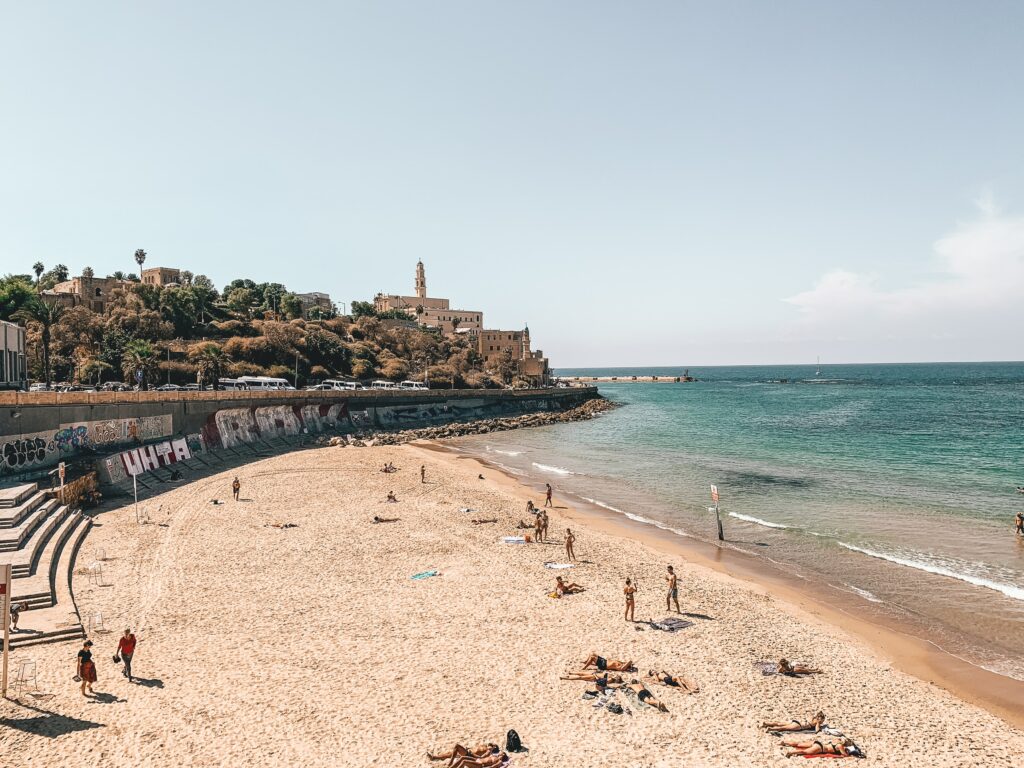
Things to know before visiting Israel
- People and standing in line. The locals in Israel may seem loud, pushy, and impatient at first. You’ll understand what I mean when you try to board your flight to Israel. Whenever there’s anything to do with standing in line, you’ll most likely find a congregation of people rather than any order that makes sense.
- Language. Hebrew is the language most spoken in Israel but you’ll also hear a lot of Arabic, especially in predominantly Arab sectors. The average Israeli speaks fluent English. You’ll also hear Israelis talking in other languages such as Russian, Spanish, and French thanks to constant immigration to the country.
- Safety and security. Israel is surprisingly safe for tourists. Most of the conflict you hear of in the news does not reach tourist sites. You’ll see plenty of soldiers walking around everywhere you go. To enter buildings, you’ll have to pass through metal detectors and show the contents of your bags to the security guard. At underground parking areas, you’ll be asked to open the trunk of your car for a check.
- Security checkpoints. You’ll pass your first security checkpoint prior to boarding your flight to Israel. You’ll be asked for the purpose of your visit, who packed your bags, etc. Upon arrival in Israel, a customs agent will ask you the same questions. If you travel to and from the West Bank, you’ll be asked those questions again.
- Your passport will not be stamped. Instead, you’ll receive a slip of paper to keep in your passport until you leave the country.
- In case of emergency. The emergency number Israelis are trained to call is 1-0-0 for the police. But you can also dial 9-1-1 or 2-1-1 and you’ll get connected with the nearest emergency services.
- Take your passport everywhere. You can ask for tax to be removed for your bill in hotels, national parks, and some souvenir shops by showing that you are a foreign citizen.
- Purchase the Israel Pass. The pass will grant you entry to 3 or 6 Israeli national parks within a 14-day period.
- Cash in $US and Euro is accepted pretty much everywhere, but you’ll receive change only in NIS. Alternatively, pay with a credit card. Remember to alert your credit card company that you’re flying to a different country and check that this company does not charge international transaction fees.
- Tipping. The standard tipping amount in restaurants is 15%. If you pay by credit card, tell your waiter to add 15% tip to your bill prior to paying. It cannot be added afterward and you’ll have to leave cash on the table! You are not expected to tip taxi drivers.
- All tap water is potable unless stated otherwise.
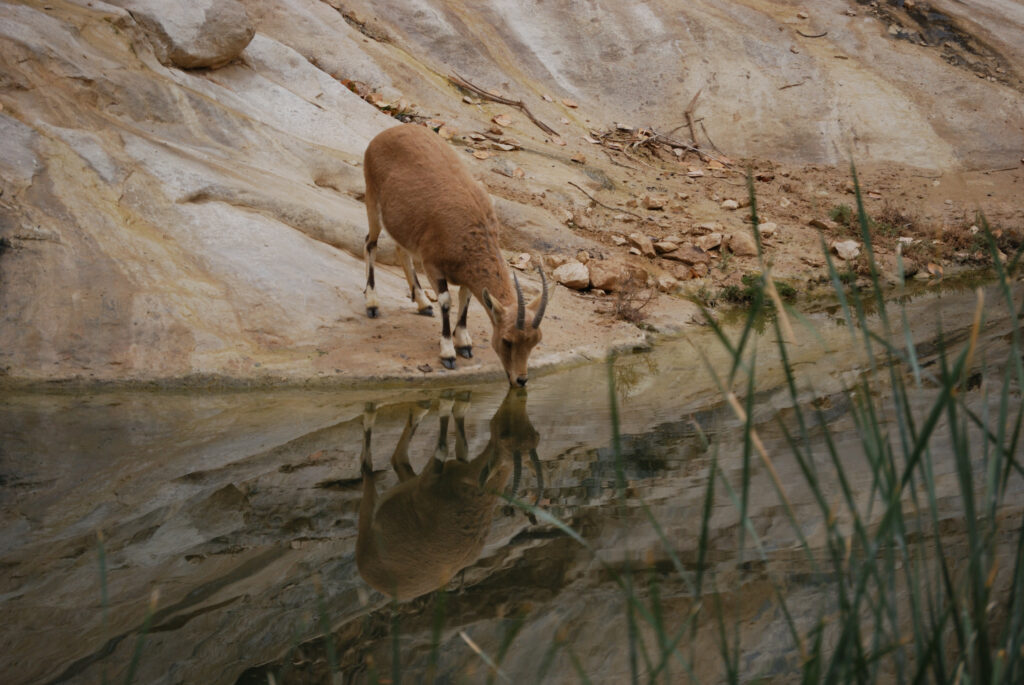
Renting a car and driving in Israel
- Local drivers. Israelis honk the horn at every opportunity they get (and sometimes for no apparent reason). City drivers especially may seem pushy and impatient. If you hesitate, someone else will take your parking spot.
- Border crossings. You may not cross into the West Bank or any bordering country with a rental car. Make other arrangements such as taking public transportation or joining a tour group.
- Gas and gas stations. Israel still has full and self-serve gas stations. Always ask for a receipt if you use the full service. Most highway gas stations remain open 24/7. City gas stations may close around midnight and some may close or add a surcharge on Saturdays.
- A few driving rules: Seatbelts required. Hand-held devices illegal while driving. Right on red is prohibited. On multiple-lane roads, pass only from the left – it is illegal to pass on the right. A yellow line on the road marks the side margin. A white line separates 2-way traffic. It is illegal to cross a solid white line.
- Headlights must be turned on at all times between November-March.
- Road and traffic signs. All road signs are displayed in Hebrew, Arabic, and English. Traffic signs in Israel are different from those in the US. See Israeli Traffic Signs Here
- Traffic lights. Green means go and red means stop. Flashing green means the light will soon turn yellow and then red. At yellow, you must stop unless unsafe to do so. Red and yellow together means get ready to drive.
- Parking. You can freely park next to a grey (unpainted) curb. It is illegal to park in front of a curb that is painted with red and white stripes. Blue and white stripes mean paid parking with restrictions. Download the app Pango to pay for parking all over Israel directly from your phone. It will also tell you where you are allowed to park, on what day, and for how long.
- Avoid toll road #6. This is the only electronically-paid toll road in Israel. Every time you take this road, a bill will be sent to your rental car company, which will in turn charge your credit card. For this reason, avoid this road or it will get pricey.
- GPS directions. Download the app Waze. It will tell you speed limits and up to date traffic information.
- Watch for camels on the road in the southern desert.
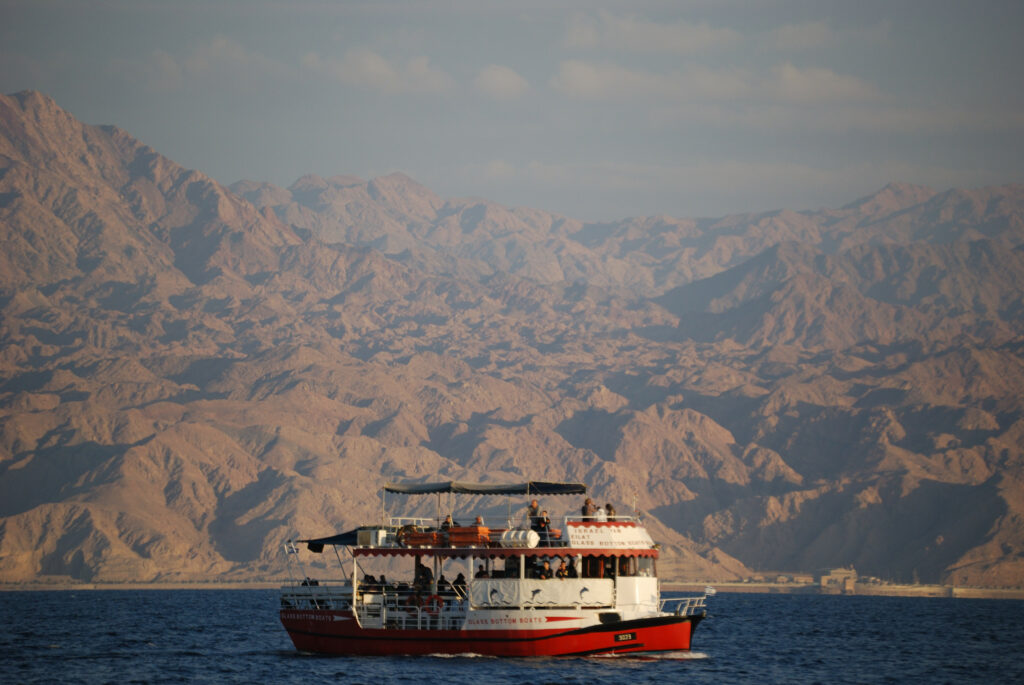
Fun facts about Israel
- Hebrew calendar. The year of creation according to Judaism was 3761 BCE (almost 6000 years ago). This means that the Hebrew year for 2022/2023 corresponds to 5783.
- Archaeology. Israel is an archaeological marvel. So far there is evidence that humans lived in the area as far back as 12,000 years ago! Over this time Jerusalem was conquered and abandoned by different peoples over 40 times. Jericho, in the West Bank, is perhaps the oldest continuously inhabited settlement in the world, dating to about 9000 BCE.
- Population. Out of around 9 million citizens, most of whom live in the northern half of the country, about 75% are Jews (practicing and non-practicing). Muslim Arabs make up about 20% of the population, while the rest is made up of Christian Arabs, Bedouins, Druze, and other.
- Religion. You’ll see many villages of Christian Arabs and Muslim Arabs spread throughout the recognized boundaries of Israel (this excludes the disputed areas of the West Bank, the Gaza Strip, and East Jerusalem). All this is to say that aside from a few Jewish traditions, the country is surprisingly secular.
- Size. The total area of the State of Israel is 22,145 sq km (8,630 sq miles), about the size of New Jersey. The country is 420 km (260 miles) long and 115 km (70 miles) across at the widest point.
- Seasons. It does not rain in Israel at all in the summer. In fact, there is a word in Hebrew that specifically refers to the first rain of the year, which usually occurs in October.
- Israeli breakfast. Almost every restaurant has on its breakfast menu an Israeli breakfast for 2. Comprised of eggs cooked to your liking, a green or chopped salad, a bread bowl of various types of breads, jams, butter, and a spread of cheeses, olives, and more! This alone is a reason to visit Israel.
- Matkot. Israelis’ favorite beach game. Summer or winter, you’ll see Israelis on the beach passing a ball between each other using wooden paddles. If you’re traveling with a partner, get yourselves a pair of matkot!
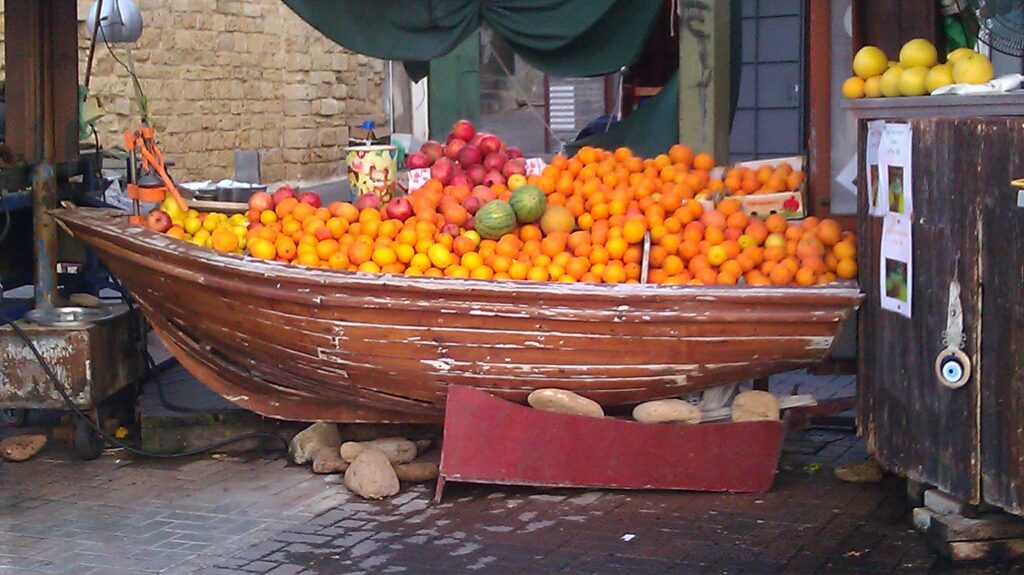
Timeline of conquests in the land of Israel
Israel’s complex history makes it a must-visit destination. I’m not going to write a brief history of the country here because “brief” does not exist. I highly recommend reading some history books about the Middle East prior to your visit. Of course, you should educate yourself about the Israel-Palestinian conflict, but that’s only modern history. You could become familiar with biblical events to recognize some place names around the country. But the most surprising aspect of tourism in Israel is its archaeological sites. Suffice it to say that there is overwhelming evidence of many peoples inhabiting the region since before the Bronze Age and beyond!
Here are just a few examples of various kingdoms that built fortresses in the land of Israel:
Archaeological digs continue to this day to uncover objects linked to events described in the Bible. Thus historians agree that King David ruled in the late Bronze Age and into the Iron Age, around 1000 BCE. He was succeeded by King Solomon, who built the First Temple in Jerusalem in 957 BCE over the location where Abraham prepared to sacrifice his son Isaac.
In 720 BCE the Assyrians captured Samaria, the northern part of Israel, and in 586 BCE it was the Babylonians’ turn. They captured Jerusalem and destroyed Solomon’s First Temple.
Alexander the Great, King of the ancient Greek kingdom of Macedonia, took control of Jerusalem in 322 BCE and paved the way for Hellenistic influence over the region. Ruins from this era show prosperity and progress in architecture and the arts. These include features later adopted and developed by the Roman Empire, including ornate columns and gates, amphitheaters, bathhouses, mosaic floors, and more.
The Roman Empire took over in 63 BCE. In 37 BCE, Caesar appointed Herod the Great the Jewish Roman king of Judaea. Many lavish cities were built under his rule, the remains of which are protected today as Israeli national parks. Such examples include Caesarea and Masada. But his great contribution to Judaism was building the Second Temple over the ruins of the First Temple in Jerusalem in the year 20 BCE. 90 years later, in 70 CE, after the coming of Christ and Christianity, the Romans destroyed the Second Temple.
The Byzantines carried on the legacy of the Roman Empire under emperor Constantine after the western half of the Roman Empire fell into feudal kingdoms. They practiced Orthodox Christianity and built churches in Jerusalem, Nazareth, and the Galilee.
The Arab Siege of Jerusalem came in 636, four years after the death of the Prophet Mohammed. In 691 Caliph Abd el-Malik built the Dome of the Rock over the ruins of the First and Second Temples in Jerusalem. It is a shrine encompassing a large rock revered by most Muslims as the spot from which the Prophet Muhammad ascended to Heaven. The same rock is believed to be the location where Abraham prepared to sacrifice his son Ismail (Isaac in the Judeo/Christian tradition).
Christian knights and peasants from across Western Europe launched the Crusades (Holy Wars) to recapture the Holy Land from Muslim control. They slaughtered all non-Christians in their path, not just in the Holy Land but throughout Europe as well. Crusade military units such as the Knights Templar, Teutonic Knights, and Hospitallers built impressive castles, fortresses, and tunnels in Acre and the Galilee to protect pilgrims traveling to and from the Holy Land.
The Mamluks were non-Arab slaves who had served Arab dynasties in the Muslim world. They adopted Islam as their religion, overthrew their masters, and eradicated the Crusaders from the Holy Land.
Here begins the modern history of Israel. The British Mandate took over after World War I and Israel won its independence after World War II in 1948.
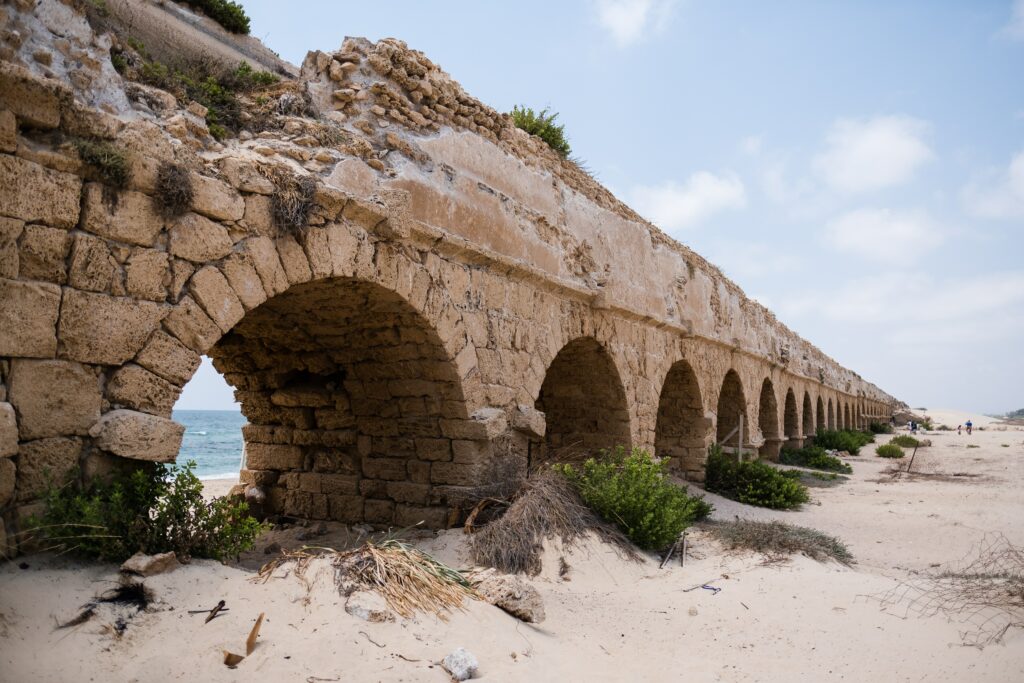
Planning a trip to Israel using the DetourOn travel planner
For a list of our favorite things to see and do in Israel, check out this blog.
![]() DetourOn Tip: For a list of top things to do around each important city in Israel, visit the DetourOn planning page. We have template itineraries for the following cities and their surroundings: Tel Aviv, Jerusalem, Haifa, and Nazareth. To see the template for the Tel Aviv area, for example, type “Tel Aviv” in the search box, then select our pre-loaded Tel Aviv template. Add more days, choose other city templates, and modify them as you see fit.
DetourOn Tip: For a list of top things to do around each important city in Israel, visit the DetourOn planning page. We have template itineraries for the following cities and their surroundings: Tel Aviv, Jerusalem, Haifa, and Nazareth. To see the template for the Tel Aviv area, for example, type “Tel Aviv” in the search box, then select our pre-loaded Tel Aviv template. Add more days, choose other city templates, and modify them as you see fit.
We’ve got much more where this came from! Create your itinerary today and download the roadbook FOR FREE to learn more about your areas of interest in Israel.
